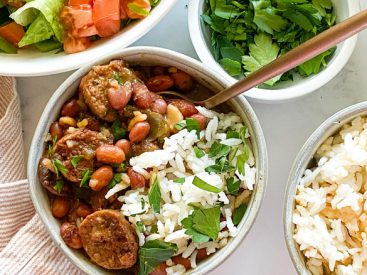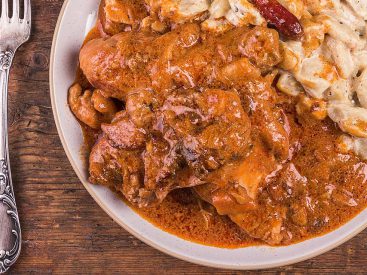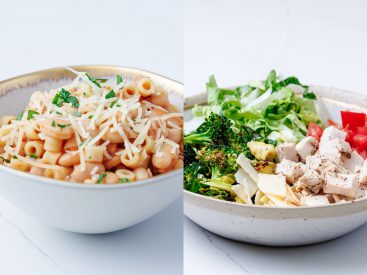recipe for survival 1.png RECIPE FOR SURVIVAL is divided into two parts. In Part One, Dr. Hunnes reports on the state of Planet Earth—a portrait that is chilling, bleak and often terrifying. “We face a number of critical dangers—many of them we can see now, and many of them […]
Delicious!
Delicious!



